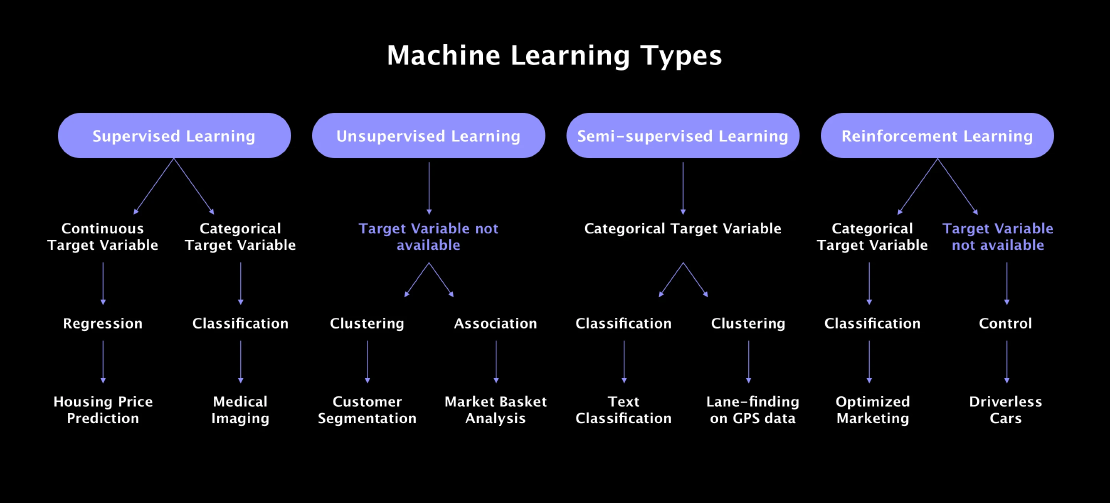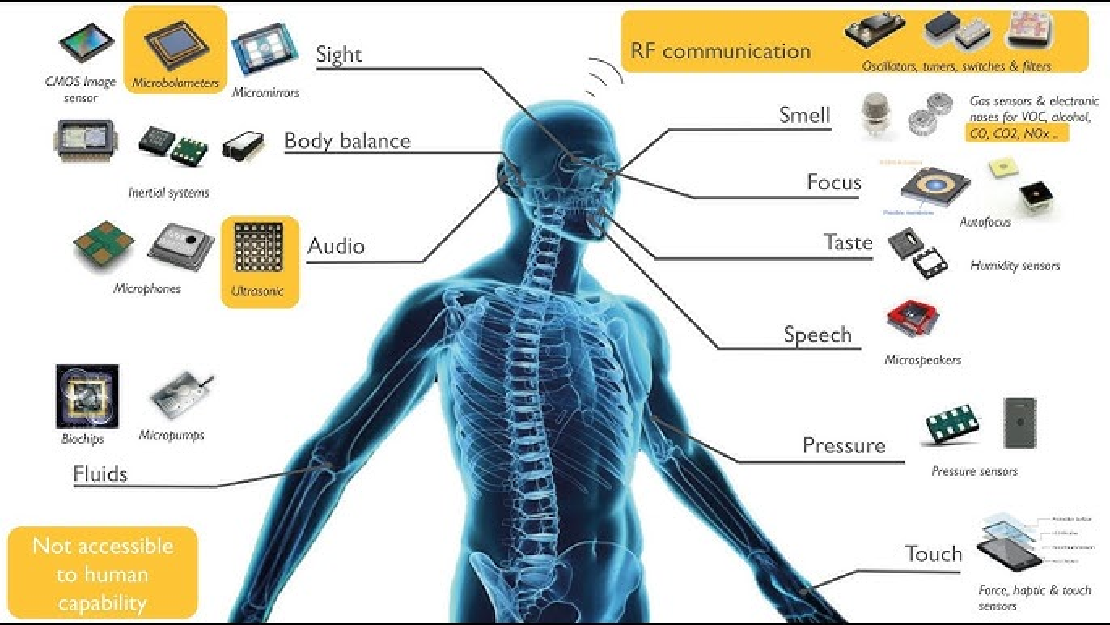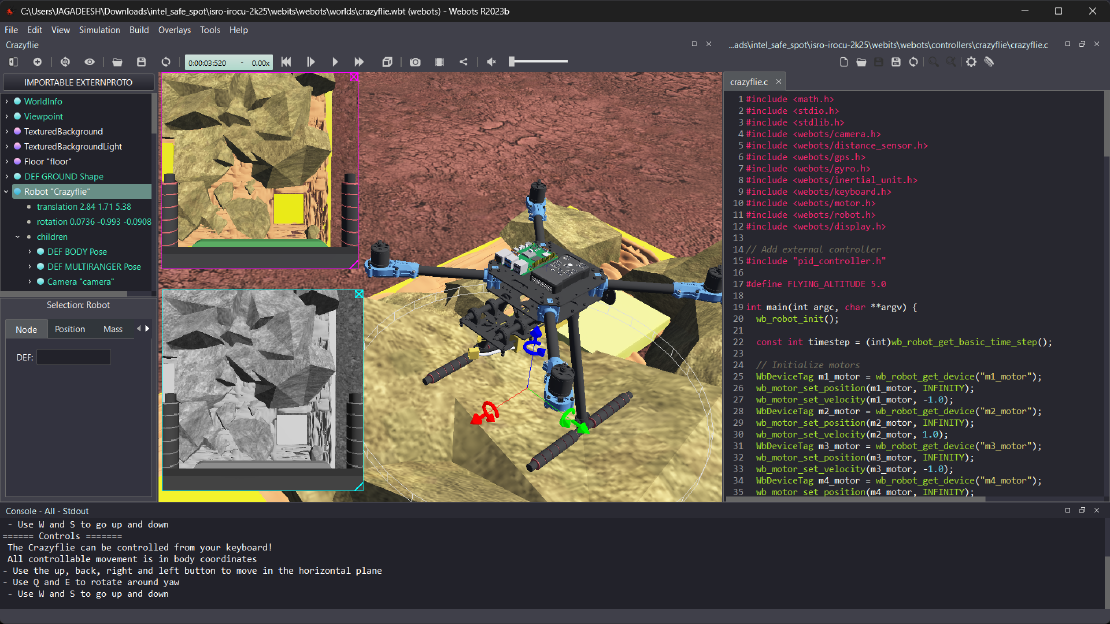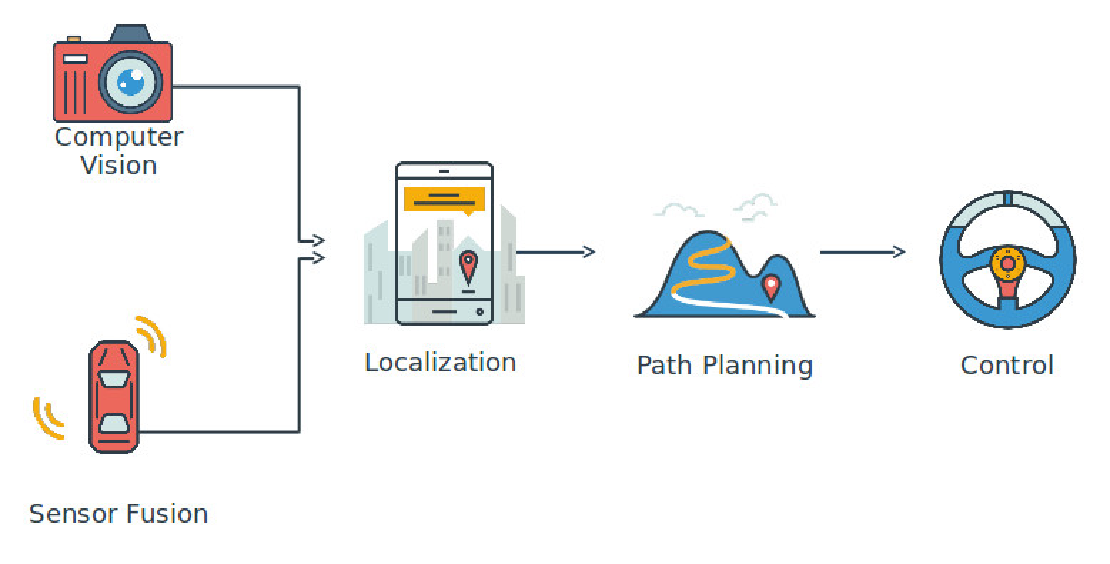
Understanding the Basics of Machine Learning
Machine learning is something that shows up all around us today—whether we’re aware of it or not. From personalized suggestions on YouTube and Netflix to automatic spam filtering in our inboxes, it’s quietly powering a lot of the tools we use daily.
If you’re just starting out and trying to figure out what machine learning actually is, this post is for you. I’ll try to keep things simple and honest, with no jargon or unnecessary complexity.
What is Machine Learning?
At its core, machine learning is about teaching computers to make decisions or predictions by learning from data, rather than following hard-coded instructions.
In traditional programming, we tell the computer exactly what to do in every situation. But for tasks like recognizing a handwritten digit or classifying whether an email is spam, it’s almost impossible to write those rules by hand.
That’s where machine learning comes in—it lets the computer learn patterns from examples instead.
Why It’s Useful
There are many problems that are too complex or too fuzzy for us to define in exact rules. For example:
- How do you program a robot to recognize a cat in a photo?
- Can you write fixed rules to understand spoken language?
Rather than trying to write these rules ourselves, we let the machine figure them out by showing it many examples. The idea is: the more data it sees, the better it gets.
The Ingredients
While machine learning can get quite advanced, the basic building blocks stay the same. Here are a few core ideas:
Data This is where everything begins. We usually have inputs (like images or text) and sometimes labels (like the correct digit or category). The quality and quantity of data heavily affect how well the model learns.
Model This is the actual system that tries to learn patterns from the data. Think of it as a function that maps inputs to outputs—like taking an image and predicting the digit it shows.
Training During training, the model looks at the data and tries to adjust itself to make better predictions. This involves a lot of trial and error, usually guided by math behind the scenes.
Testing After training, we check how well the model does on new data it hasn’t seen before. This helps us understand how well it might work in the real world.
Different Types of Learning
Depending on the kind of data and problem we’re dealing with, machine learning can work in a few different ways.
Supervised Learning Here, we have both the input and the correct output (label). The model learns by comparing its predictions to the actual answers. This is used for tasks like image classification or spam detection.
Unsupervised Learning In this case, the data doesn’t come with labels. The model tries to find patterns or groupings in the data on its own. It’s useful for things like clustering customers based on behavior.
Reinforcement Learning This is a bit different. The model learns by interacting with an environment and getting feedback in the form of rewards or penalties. It’s often used in games or robotics.
A Simple Example
Let’s say we’re building a model to recognize handwritten digits.
- We collect thousands of images of digits (like from the MNIST dataset).
- We train a model by showing it these images along with the correct digit.
- Over time, it learns to recognize which patterns match which numbers.
- We then test it on new images to see how well it does.
No need to manually define what a “2” looks like—it learns from seeing enough examples.
Where It’s Used
Machine learning shows up in more places than we might expect:
- Email spam filters
- Voice assistants like Siri or Google Assistant
- Self-driving car systems
- Personalized news feeds
- Predicting stock prices or health conditions
It’s not always perfect, but in many cases, it’s a practical and powerful tool.
Algorithms You Might Hear About
If you start looking into ML, you’ll come across names like:
- Linear Regression
- Decision Trees
- Neural Networks
- K-Nearest Neighbors
- Random Forests
- Support Vector Machines
Each of these is a different way to learn from data. You don’t need to memorize them right away—just knowing the names can help when you come across them later.
Want to Explore It Yourself?
If you’re curious to try things out, here are a few beginner-friendly ways to get started:
- Play with Google’s Teachable Machine, where you can train simple models without writing any code.
- Learn Python if you’re new to coding—it’s the go-to language for ML.
- Look into tools like
scikit-learn, which make it easier to build and test models. - Explore beginner datasets like the Iris dataset or handwritten digits.
The best way to learn is to get your hands dirty. Start small, make mistakes, and keep going.
Final Thoughts
Machine learning can seem intimidating at first, especially with all the terminology and math behind it. But at the heart of it, it’s really just about using data to make better decisions.
If you’re interested in this space, there’s plenty of room to grow—step by step. You don’t need to know everything to get started. I definitely don’t. But the more you explore, the clearer things become.
Related Posts

Sensors in Robotics: How Ultrasonic, LiDAR, and IMU Work
Sensors are to robots what eyes, ears, and skin are to humans—but with far fewer limits. While we rely on just five senses, robots can be equipped with many more, sensing distances, movement, vibrations, orientation, light intensity, and even chemical properties. These sensors form the bridge between the digital intelligence of a robot and the physical world it operates in.
Read more
Debugging a Robot In Simulation Before You Burn Wires
Hardware does not come with an undo button. Once you power it on, mistakes—from reversed wiring to faulty code—can result in costly damage. Motors may overheat, printed circuit boards (PCBs) can be fried, and sensors may break. These issues turn exciting projects into frustrating repair sessions. The autonomous drone shown above, designed for GNSS-denied environments in webots as part of the ISRO Robotics Challenge, is a perfect example—where careful planning, testing, and hardware safety were critical at every step
Read more
Computer Vision vs. Sensor Fusion: Who Wins the Self-Driving Car Race?
Tesla’s bold claim that “humans drive with eyes and a brain, so our cars will too” sparked one of the most polarizing debates in autonomous vehicle (AV) technology: Can vision-only systems truly compete with—or even outperform—multi-sensor fusion architectures?
Read more